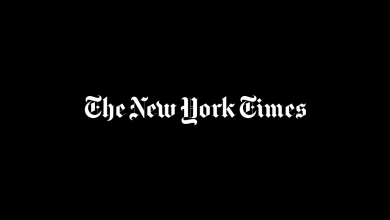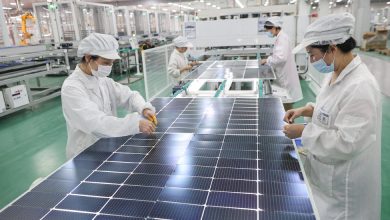Inflation moderated in April but was still close to its highest level in 40 years.

An important measure of consumer prices showed that inflation slowed in April, but remained close to a four-decade high.
The Personal Consumption Expenditures price index rose 0.2 percent last month from March and was up 6.3 percent from a year earlier, the Commerce Department said Friday. That is down from a 6.6 percent annual increase in March, which represented the fastest pace of inflation since 1982.
Economists and investors closely watch the index, an alternative to the better-known Consumer Price Index, because the Federal Reserve prefers it as a measure of inflation. The central bank has been raising interest rates and announced that it will begin paring asset purchases in a bid to cool the economy and tame inflation.
The slowdown in inflation in April was largely the result of a drop in the price of gasoline and other energy sources. Gas prices soared in February and March largely because of Russia’s invasion of Ukraine, then moderated somewhat in April. They have risen again in recent weeks, however, which could push measures of inflation back up in May. Food prices have also been rising quickly in recent months, a pattern that continued in April.
Stripping out the volatile food and fuel categories, consumer prices were up 4.9 percent in April from a year earlier. That core measure, which some economists view as a more reliable guide to the underlying rate of inflation, was up 0.3 percent from a month earlier, little changed from the rate of increase in March.
The comparatively tame increase in core prices in the data released Friday stood in contrast to the sharp acceleration in the equivalent measure in the Consumer Price Index report released by the Labor Department this month. The divergence was mostly the result of differences in the way the two measures count airline fares, however, and economists said the Fed was unlikely to take much comfort from the Commerce Department data.
“My suspicion is they will probably look through the slowdown,” said Omair Sharif, the founder of the research firm Inflation Insights. He noted that the core index also slowed last fall, only to pick up again at the end of the year, catching the Fed off guard.
Many forecasters believe that the headline inflation rate peaked in March and that April marked the beginning of a gradual cool-down. But the recent rebound in gas prices is threatening to complicate that picture. And even if inflation continues to ebb, prices are still rising far more quickly than the Fed’s target of 2 percent over time.
“For the past year, inflation has been high and rising and we’re at a point now where it’s high and falling,” said Tim Quinlan, a senior economist at Wells Fargo.
The public, Mr. Quinlan added, is unlikely to see the slight moderation in inflation as much to celebrate.
“To them, the year over year growth in prices doesn’t matter,” he said. “It’s why does a crappy lunch cost $12 now?”




